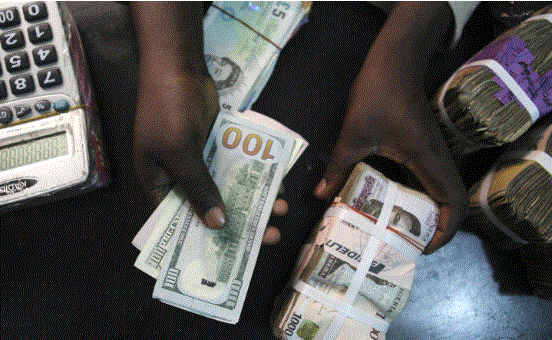In a recent turn of events, Nigeria’s foreign exchange reserves experienced a welcomed pause in their five-week descent, marking a slight increase of USD 10.76 million to reach USD 32.12 billion as of April 24th. However, this positive development was juxtaposed with the depreciation of the Nigerian naira at the Nigerian Autonomous Foreign Exchange Market (NAFEM), where it experienced a significant decline of 12.6%, reaching NGN 1,339.23 per USD.
Despite efforts by the Central Bank of Nigeria (CBN) to stabilize the currency, such as selling approximately USD 80.00 million to banks within the range of NGN 1,100.00 to NGN 1,150.00, the naira’s value continued to slide. This intervention indicates the challenges faced by the CBN in managing the currency’s volatility amidst fluctuating global economic conditions.
Total turnover at the NAFEM, as reported until April 25th, witnessed a substantial decline of 37.5% week-to-date, amounting to USD 893.56 million. Trades during this period were executed within the NGN 1,000.00 to NGN 1,435.00 per USD band, reflecting the prevailing uncertainty in the market.
The Forwards market also mirrored the downward trend of the naira, with rates depreciating across various contract durations. The 1-month contract experienced a depreciation of 13.3%, settling at NGN 1,351.53 per USD, while the 3-month, 6-month, and 1-year contracts depreciated by 13.1%, 11.9%, and 10.8%, respectively, reaching NGN 1,393.75, NGN 1,444.89, and NGN 1,577.43 per USD.
This news underscores the ongoing challenges faced by Nigeria’s currency amidst global economic uncertainties, highlighting the need for robust measures to stabilize the forex market and safeguard the nation’s economic interests.

















